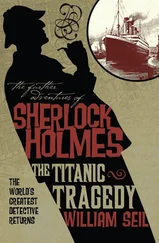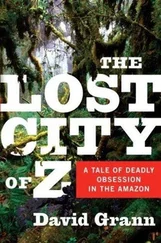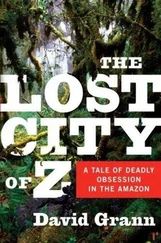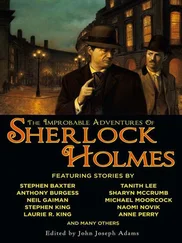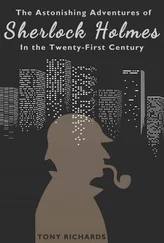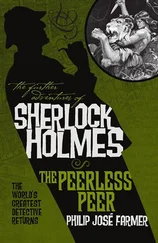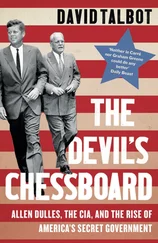While the rest of the men relied on the familial nature of the firehouse as a refuge, Shea, after drifting away, felt cut off. Many of the new recruits who had replaced the missing barely recognized him. Shea tried for the first time to reintegrate himself into the fabric of the force. “Being with the guys,” he said. “That’s the most important thing to me right now.”
He went with them to Roosevelt Island for courses on antiterrorism. “He was so excited,” Stacy said. “He got to wear his uniform again.”
In mid-December, the doctors removed his brace. It was possible that, after the bone fused in a year, he could return to active duty. Yet in the kitchen, where the men gathered to eat and reminisce, he sensed that they were shying away from him. Sometimes when he showed up in the morning they barely acknowledged him, he said, and when he tried to engage them in conversation they seemed uninterested. “A lot of the guys are reluctant to even look at me,” Shea told me one day, sitting in his car. “As odd as it may sound, I think I remind them of the others.”
That month, at another wake, Shea stood off by himself. “I sometimes think it would’ve been easier if I had died with the rest of the guys,” he said.
Kelly told me, “It’s hard to watch. Every time I talk to him, he’s not the same guy.” Kelly went on, “First thing he needs to do is simply heal physically. Hopefully, then he can come back and be a full-duty fireman, because he lived for that, and he was going to move up in the department. He was brilliant in the books.”
Shortly before the three-month anniversary of the attack, Shea showed up early for the Christmas party to help with preparation. Many of the relatives of the dead were there, and he served them hot dogs and sauerkraut. He worked alongside the other men, saying, “Yes, sir,” and “Negative K, sir.” “More of the guys are talking to me,” he said. “Maybe in time it will get easier.”
Hanging on the wall at the firehouse was the riding list from the morning of September 11th, a chalkboard that had the name of each member who had hopped on the rig and died. The men had put a piece of Plexiglas over it to preserve it as a memorial. At the bottom, scribbled almost as an afterthought, were the words “Kevin Shea.”
“I need to go down,” Shea said.
He had called me at home one night, his voice agitated, and it took me a moment to realize that he was referring to Ground Zero. He said someone in the Fire Department would pick us up the next afternoon in Chelsea.
It was a cold day, and Shea wore a sweatshirt and mountain-climbing boots. Stacy stood beside him, holding his hand. He had not returned to the area since that day and had consciously avoided pictures of it in the newspaper and on TV. Liam Flaherty, a member of Rescue 4, showed up in a Fire Department van. He had trained Shea at the academy and had been down at the site, searching for his men’s remains, since September 11th, leaving only long enough to sleep. “I saw guys at their absolute best that day,” he said as he drove. “Guys just kept running in. They went up as it came down.”
We passed through several checkpoints, trying to follow the route Shea had taken with his own company. Shea pressed his face against the window, wiping away the steam from his breath. We could see the tops of the cranes rising out of the debris and, farther on, two huge metal beams, molded together in the shape of a cross.
“Look at that,” Shea said, pointing out the opposite window. “That’s Engine 40. That’s the rig we drove in on.” On the side of the road was a huge red truck, the number 40 painted on the side. “It must’ve been moved,” Shea said. “We weren’t parked there.” He looked at me for reassurance. “Right?”
As we passed through the final checkpoint, Flaherty said, “This is it. You’re in.”
“There’s the south tower,” Stacy said.
“Where?”
“There. By the crane.”
“Oh, my God,” Shea said.
All we could see was a giant hole in the skyline. Flaherty parked the van and we climbed out. Flaherty got us hard hats and yelled at us to be careful as we approached the debris.
“Where’s the lobby command post?” Shea asked.
“Ten stories underground,” Flaherty said. “It’s still burning.”
Shea blinked his eyes. He began to recall, in a rush, all the pieces that he had strung together. “I grabbed a Purple K,” he said. “I was going to look for my men in Ladder 35. There were bodies falling. I remember them hitting the ground. I remember the sound. I went to put out car fires. Then I went into the command post. I saw Patriciello.” He closed his eyes. “I hugged him. I told him to be careful.”
He stopped. How could he have got from the lobby command post to Albany Street? He couldn’t run that fast. “Maybe you were blown out,” Flaherty said. “A lot of guys were picked up and blown out from the concussion.”
“Where’s Albany?” Shea asked.
“It’s over here,” Flaherty said. We started to run, mud splattering our shoes. We turned down a small street. There were cars still covered in ash, their windows shattered. Shea recalled that the doctor had told him that he said he had crawled two hundred feet toward light. Shea walked several paces, then stopped and turned around. “This is where they found me,” he said. “Right here.” He looked back at the tower, surveying the distance. “Is there a garage around here?” There was one up the road, Liam said, and we ran again, past a burned-out building and several men in surgical masks. “This must be it,” Shea said.
The garage was small and dank. We waited a moment, then were rushing out into the street again, down one alley and another, until we arrived at the edge of the Hudson River. “This is where they lowered me down on a stretcher.”
As he finished his story, drawing new theories from Flaherty about being blown out, estimating the wind speed and the power of the concussion, we were cold and exhausted. By the time we got back to the site, it was dark, and the workers had turned on their spotlights. While the others wandered off, Shea walked toward what was left of the south tower.
He stood, listening to the whir of the cranes. I watched him for several minutes, then asked, “Are you O.K.?”
“Yeah.”
He seemed aware that, after months of searching, he might never know everything—that there was no way to piece together a logical story for that day. “I’m so tired,” he said. He wiped his eyes. No matter what happened, I offered, he’d done his job, and at some point he needed to let go of the rest.
Shea stepped closer to the hole, his feet balancing on the edge, and said, “I just wish I had learned one thing today—anything—that showed I was trying to save someone other than myself.”
—January, 2002
Part
Two

“ A strange enigma is man !”
SHERLOCK HOLMES, in “The Sign of the Four”

The Squid Hunter

 CHASING THE SEA’S MOST ELUSIVE CREATURE
CHASING THE SEA’S MOST ELUSIVE CREATURE 

Читать дальше
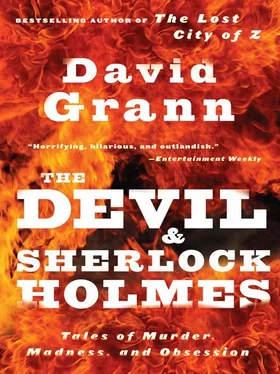


 CHASING THE SEA’S MOST ELUSIVE CREATURE
CHASING THE SEA’S MOST ELUSIVE CREATURE 

